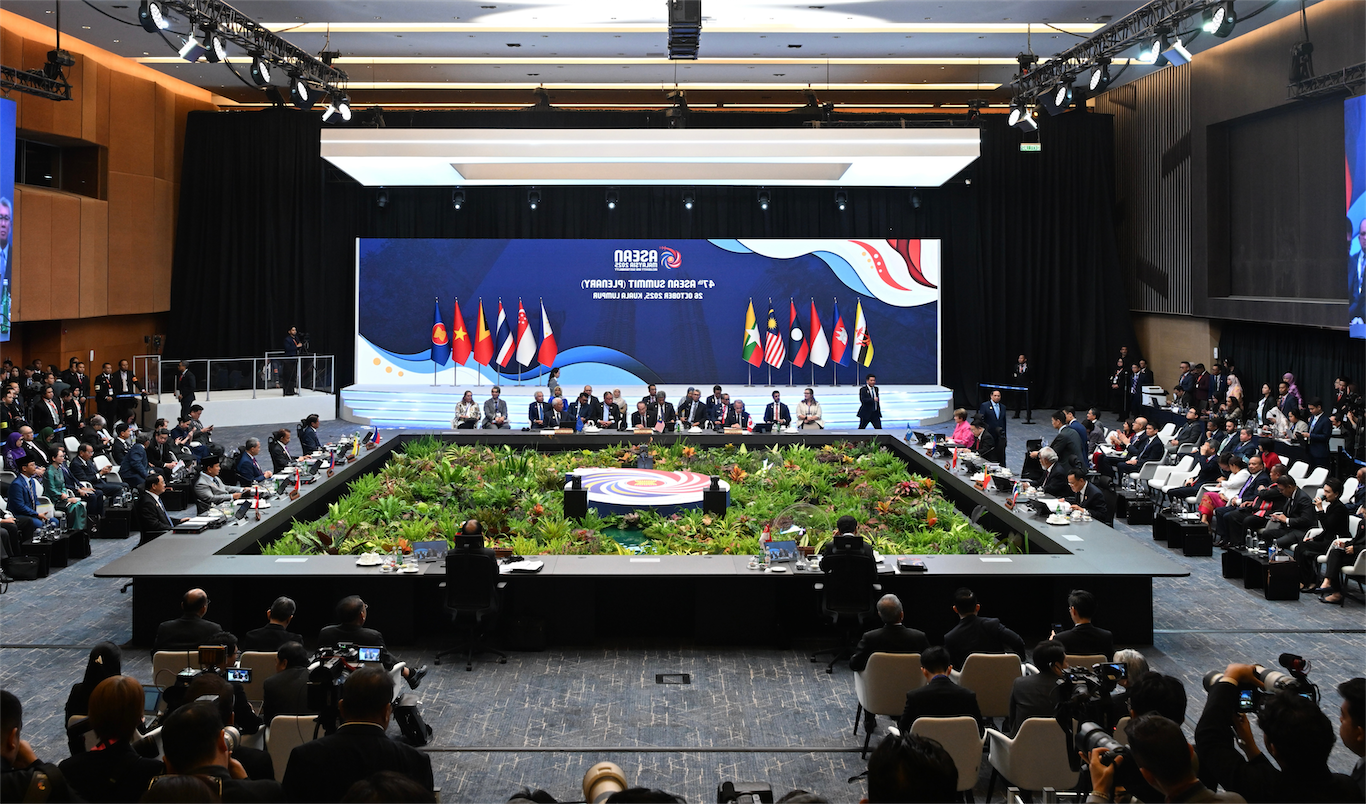While Trump’s decision to target Iranian nuclear sites drew both domestic and international concern, the strike was arguably a calculated move aimed at restoring strategic clarity. This targeted effort was likely “a good call” for two main reasons.
First, Trump’s decision served as strategic signaling to clarify each actor’s objectives in the conflict. The Israeli preemptive strike against Iran on June 12, initially appeared as part of a deterrence-based effort to halt Iran’s nuclear program.1 The Iranians soon retaliated, and a f lurry of missile barrages flown between two sides ensued, lasting for 12 days.
This sustained exchange prompted the Israeli Prime Minister to publicly raise the prospect of regime change in Iran, signaling that the objectives of the campaign may be expanding. In an interview on June 16. Prime Minister Netanyahu made his most explicit statement yet, arguing that targeting Iran’s Supreme Leader, Ali Khamenei would “end the conflict, not escalate it.”2 He further asserted that Israel was fighting not just its own war but a global one, saying, “Today, it's Tel Aviv. Tomorrow, it’s New York.”3 Netanyahu’s comment makes clear that, at least from Israel’s perspective, the conflict has moved beyond the narrow goal of dismantling Iran’s nuclear program.
Netanyahu’s remarks run counter to what Trump seeks to achieve. Trump’s instinct leaned towards dealmaking, not war-making. In the early stages of the crisis, he had been skeptical of Israeli intentions and wary of being drawn into another Middle East war, which he had repeatedly promised to avoid during his presidential campaign. Privately, he vented frustration at Netanyahu’s attempts to force his hand while also resisting Israeli requests for bunker-busting bombs and deeper military involvement.
Faced with the reality that Netanyahu was moving without him, Trump was confronted with the difficult prospect of the U.S. unable to shape the course of the conflict or protect its strategic interest in the Middle East if escalation spiraled out of control. In this light, Trump’s go-ahead on B2 bombing campaign can be seen as refocusing the stated objective of the conflict, highlighting the U.S. remains focused on nuclear disarmament, not regime change.
Second, Trump’s strike created an opening for a ceasefire deal by offering a victory narrative for all sides. Operation Midnight Hammer, launched on June 21, targeted three key Iranian nuclear sites: the Fordow uranium enrichment facility, the Natanz facility, and the Isfahan nuclear complex. The operation deployed seven B-2 bombers and over two dozen tomahawk cruise missiles, marking the first time the U.S used the 30,000-pound GBU-57 Massive Ordnance Penetrator (MOP) in combat.
Interestingly, reports suggest that casualties were minimal. Some intelligence assessments indicate Iran may have evacuated personnel from key sites 48 hours prior to the U.S. operation. A satellite imagery released by Maxar Technologies on Sunday showed truck and vehicle activity near the entrance of Fordow complex.5 The images hint at what appears to be a hasty logistical movement, likely consistent with a quiet evacuation which led to speculation that the bombing campaign may have done little to disrupt the progress of Iran’s nuclear program.
This strike, however, prompted an Iranian retaliation that took place on June 23, targeting the U.S. Al Udeid Air Base in Qatar.6 Notably, the attack caused no casualties or significant damage. President Trump later revealed that Iran had provided early notice of the incoming missile barrage, allowing U.S. and Qatari to take measures and secure all personnel.7 The outcome strongly suggests that this was a calibrated exchange rather than a genuine escalation designed to allow all parties to save face and de-escalate without appearing weak domestically.
Nonetheless, the exchange presented a victory narrative to all parties which enabled them to settle for a ceasefire on June 24. The B2 bombing campaign allowed the U.S to declare the denuclearization objective achieved and avoid another forever war. While Israel, having initiated the campaign, could point to the destruction of key nuclear facilities as proof of deterrent through strength. On the other side, Iran presented a successful retaliation at American aggression, projecting power despite minimal impact. Under a nationwide internet shut down, Tehran controlled the flow of information making it possible for them to frame the response as a dignified act of resistance.








